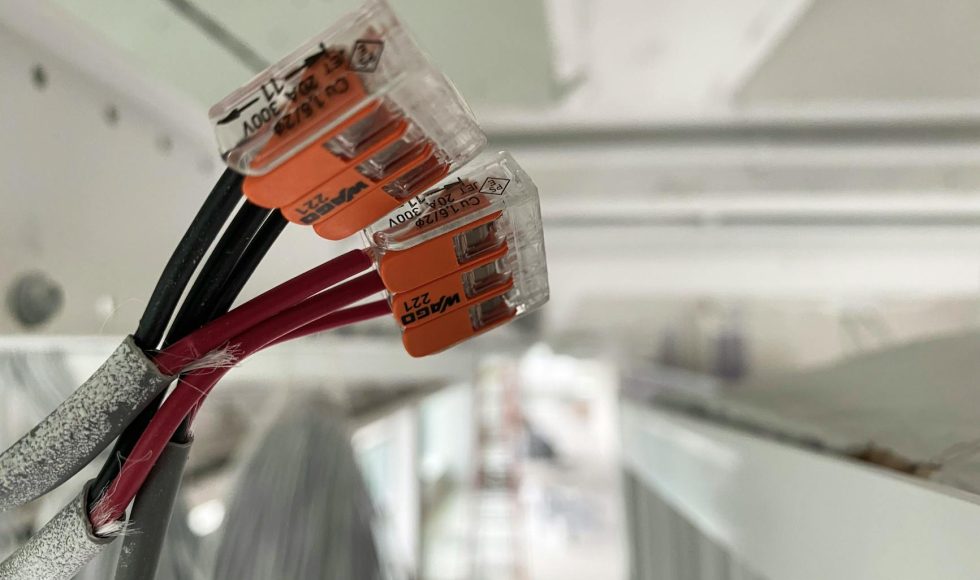Tonight, I watched the London Calling 2019 session by Irina Chelysheva from the University of Hamburg in Germany. The session’s title is “Small, modified, and highly structured: the challenge of tRNA sequencing.” Their lab is interested in sequencing tRNA because it is challenging. The major problems for sequencing, Chelysheva noted, include the short length of […]
Tonight, I watched the London Calling 2019 session “Ultra-long reads and ultra-long duplications: deciphering the mysteries of the Bordetella pertussis genome.” Natalie Ring from the University of Bath in the UK was the presenter. They spoke about whooping cough and how the introduction of vaccination in the 1950s reduced the number of reported cases. In […]
Vania Costa from Oxford Nanopore Technologies has recorded several Master Classes and sessions with ONT. I watched the London Calling 2019 session “The fever tree: extracting and preparing the DNA of Cinchona pubescens.” This plant produces quinine that is used for malaria and fever treatment. The team wanted to sequence the Cinchona genome to learn […]
Aaron Brooks from EMBL Germany presented at London Calling 2019 on “Measuring SCRaMbLEd transcription with direct RNA sequencing.” Direct RNA sequencing has interested me since we tried it last summer for bacterial transcriptomics. Brooks asked: “What if you could build a genome from scratch?” and “Where would you place the transcriptional units?” It is now […]
Today was Aurelio’s fifth birthday! Tonight, I watched Timothy Gilpatrick’s London Calling 2019 session on “Targeted nanopore sequencing with Cas9 for studies of methylation structural variants and mutations.” Gilpatrick is a Johns Hopkins University. They are interested in specific loci and want to generate high coverage of those areas to examine structural variation. The enrichment […]
Pore-C is a method I hear about, yet I don’t fully understand the details. Eoghan Harrington from Oxford Nanopore Technologies (ONT) presented at London Calling 2019 a session titled “Pore-C: a method for genome-wide, multi-contact chromosome conformation capture.”Harrington is part of the applications team and focuses on genomic applications. They collaborate with various partners. The […]
Kuan-Ting Li from Cold Spring Harbor Laboratory presented at London Calling 2019 on “PSI-Sigma: a comprehensive splicing-detection method for short-read and long-read RNA-seq analysis.” PSI-Sigma is a splicing detection tool that measures percent spliced in. With nanopore long-read RNA-seq data, PSI sigma presents a newer splicing detection approach. PSI-sigma was benchmarked on synthetic RNAs and […]
Magali Hennion from the Institute of Biology of the Ecole Normale Superieure in France presented at London Calling 2019 on “Mapping DNA replication using nanopore sequencing.” DNA replication in eukaryotes starts from multiple origins, and the fork progresses with variable speeds. Hennion explained that replication is important in understanding tumorigenesis. Single-molecule approaches are needed to […]
Nadie Holmes from the University of Nottingham in the UK presented at London Calling 2019 on “Extracting megabase DNA.” They work with DeepSeq providing training and core sequencing support. Holmes worked on collaborative projects to optimize ultra-long sequencing. They shared data from a 1.3 megabase read. They use the protocol developed by Josh Quick to […]
Jeff Nivala from the University of Washington presented at London Calling 2019 on “Multiplex direct quantification of barcoded protein reporters on a MinION.” Nivala explained that they have been working on single-molecule protein sequencing with a nanopore… focusing on proteins! The team developed an “unfoldase” mechanism to translocate proteins through nanopores. Their goal is protein […]










